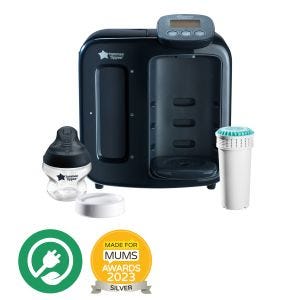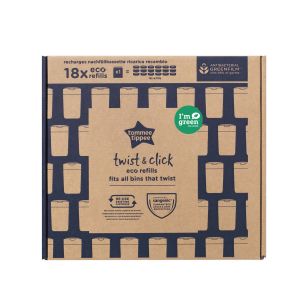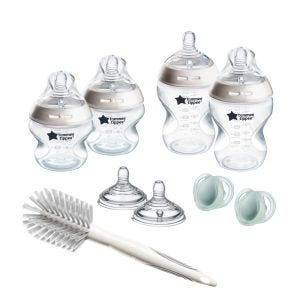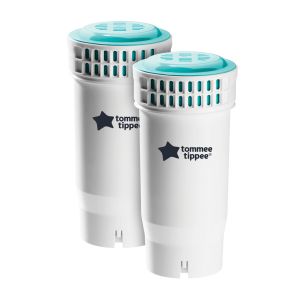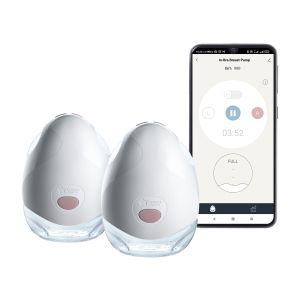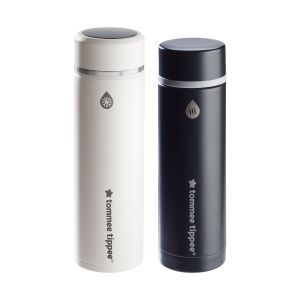
Hints & Tips
Nappy rash… it’s sore, it’s red and it’s uncomfy for your little one. But it’s also pretty easy to treat and maybe not as scary as you think it is.
Nappy Rash: Your questions answered
Nappy rash… it’s sore, it’s red and it’s uncomfy for your little one. But it’s also pretty easy to treat and maybe not as scary as you think it is. Nappy rash isn’t as common in newborns as it is in bigger babies and toddlers, but most babies will get nappy rash at least once in their lifetime. Let’s get into it.
What causes nappy rash?
Your baby has super sensitive skin which doesn’t like to be wet or irritated. Unfortunately, your baby also likes to wee and poo in their nappy, and even the most absorbent nappy will still leave some wetness on your baby’s skin. This alone can cause nappy rash, but here are some more common causes to look out for:
- Your baby’s nappy isn’t being changed often enough and their skin is becoming irritated by the moisture.
- Your baby’s nappy may be too tight and is rubbing on their skin.
- The skin in the nappy area has not be clean thoroughly enough during changes.
- It could be a reaction to some soaps, wipes or detergent.
- Diarrhoea is a common cause of nappy rash because of the extra… moisture.
- Your baby has recently been treated with antibiotics.
What does nappy rash look like?
It’s good to know exactly what you’re looking for when it comes to nappy rash. The rash itself can range from a mild rash to a large rash that can spread across their bottom and thighs. Here are some common signs to lookout for:
- Red or inflamed skin.
- Spotty or bumpy skin.
- Skin is hot to touch.
- Small blisters in the nappy area.
- In severe cases, there might be small specks of blood in their nappy, from irritated skin.
You might also notice that your little one is fussy or seems irritated especially when they’re having a wee or a poo, or when you’re changing their nappy. In other cases, they might not seem bothered at all!
Types of nappy rash
If you’re looking to get scientific, there are a bunch of different types of nappy rash that your baby could get – some more common than others:
- Irritant dermatitis – The most common type of nappy rash, caused by a wet nappy being in contact with your baby’s skin. To avoid this, you should change your baby’s nappy regularly and use a solid nappy cream.
- Candidiasis (yeast infection) – Yeast overgrowth in the nappy region, often caused by diarrhoea or tight nappies. A good nappy cream should be able to tackle this, but if not you can always visit your doctor.
- Bacterial infections – This infection is often caused when baby’s skin is already irritated and bacteria builds in irritated areas. Antibiotics are normally needed for a bacterial infection, so if you notice puss-filled blisters or hard scabs around their nappy area, you should consult your doctor.
How can nappy rash be prevented?
Obviously, the best way to deal with nappy rash it to try and avoid it in the first place. Here are some of the best methods of avoiding nappy rash:
- Change your baby’s nappy as soon as possible.
- Give your baby a bath once a day – enough to keep them clean and their skin hydrated but not too much to dry out their skin.
- Try not to use soap or bubble bath when cleaning your baby.
- Dry your baby gently after washing them and try to avoid talcum powder, as it could irritate your baby’s skin.
- Make sure your baby’s nappy fits correctly – the nappy should be snug under the belly button and the tape should be fastened evenly.
- Have some nappy-free time – especially after a bath, you might want to pop your baby on a towel and let them wriggle around in the nude.
How to treat nappy rash
Sometimes you take all the precautions in the world and can still be stuck with a little nappy rash – it happens. But not to fear – you can almost always treat nappy rash at home.
The best thing to do is invest in a top notch cream or ointment. We would recommend Sudocrem as it’s a great all-round soother and healer for your little one’s sensitive skin, as well as containing antiseptic and antibacterial properties to fight off further infections.
If you think your baby’s rash might be an allergic reaction, try to figure out if you’ve used anything new recently. The culprit is often detergent or soap!
And if your baby’s rash isn’t clearing up after day 4, looks extra sore or is spreading, you should visit your doctor to ensure the rash isn’t infected.

